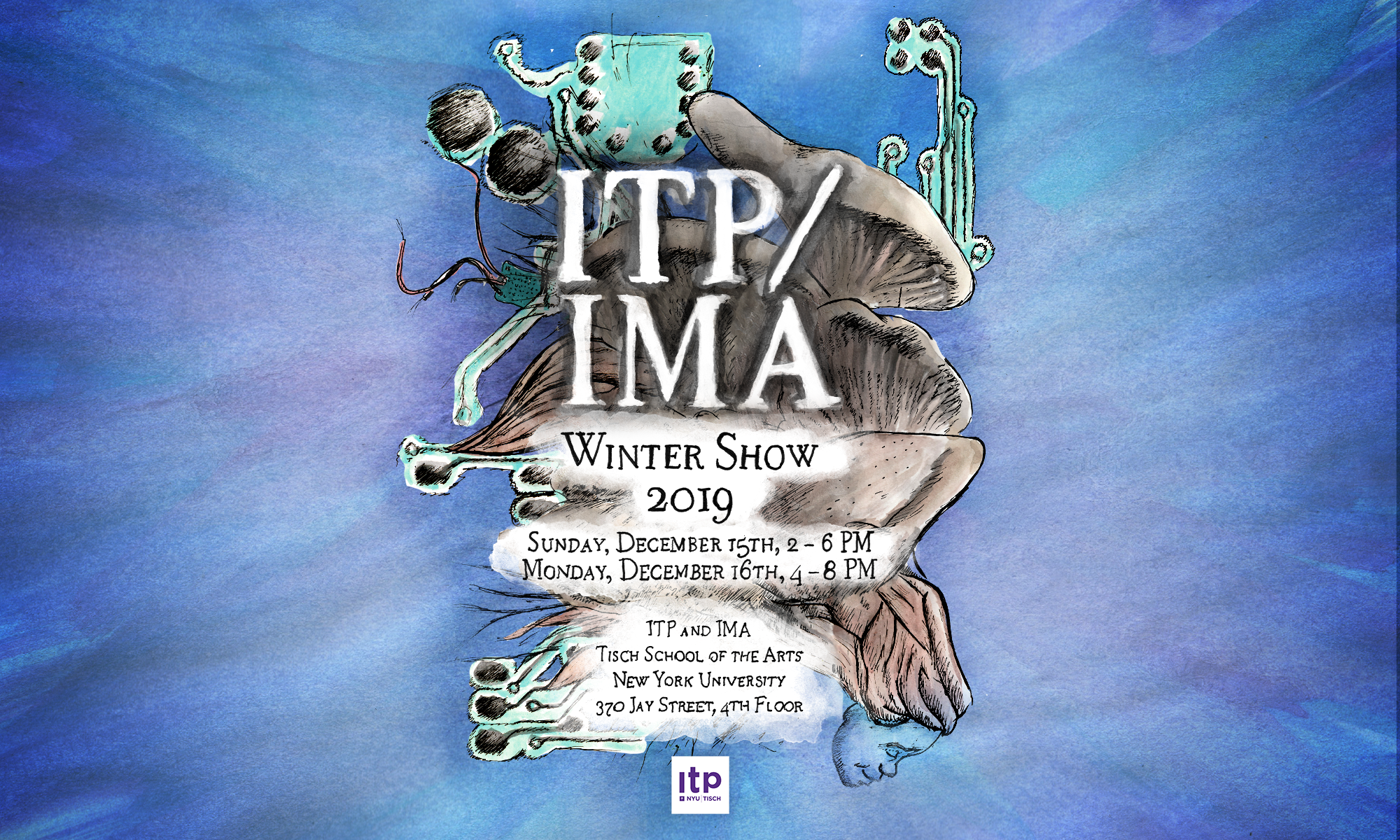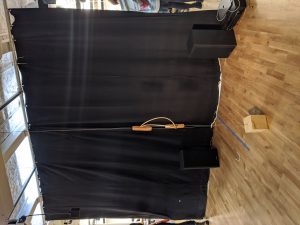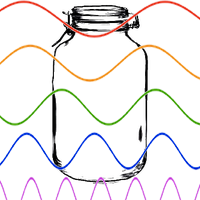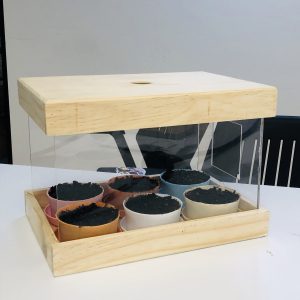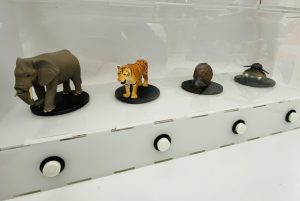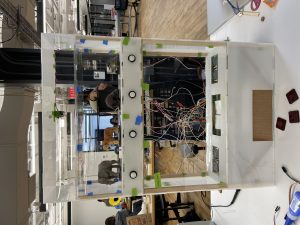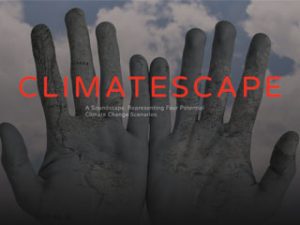KJ Ha, Kuan-Wen Chen
Garden of Voices is an interactive micro-environment, which emphasizes the power of people’s words.
https://www.kyungjooha.com/post/final-progress
Description
Inspired by the movements throughout history, Garden of Voices is an interactive micro-environment based on Arduino Uno, Raspberry pi and p5.js. There are a total of twenty words in the library we built, which will trigger the activation of the components in the garden (a light bulb, water pump, and fan) in a unique way. In the manual for commands, we arrange the words in alphabetical order to eliminate any notion of hierarchy. The words may have multiple meanings but none of them are innately good or bad.
The installation makes use of the connection between the p5.js sketch and Arduino, which is enabled by serial communication based on Raspberry Pi. Allowing people to give corresponding output, this installation lets people change the humidity and temperature, the two major factors affecting the growing process of plants. At the same time, the environmental data from the humidity/temperature sensor will be displayed on the wall as a reference for people’s decisions.
Through this project, we aim to shed light on the limits and unreliability of human language and want to remind people of the power and influence of words they say. We are living in a society where freedom of speech is guaranteed; thus people readily forget the weight of the words they say. Moreover, people sometimes hastily rely on the convenience that language offers them. However, human languages, which involve a more or less social contract, are not as reliable as one might believe. As everyone has a different perception of reality, we all have different meanings for every word. Those innate differences may lead to larger debates or conflicts. By simulating the society as micro-environment, Garden of Voices provides a visible way for people to realize the issues that we often overlook: there is no single solution that can magically solve the innate differences, but we can at least be mindful of such differences and should bear the responsibility for the words we say.
Classes
Introduction to Physical Computing
